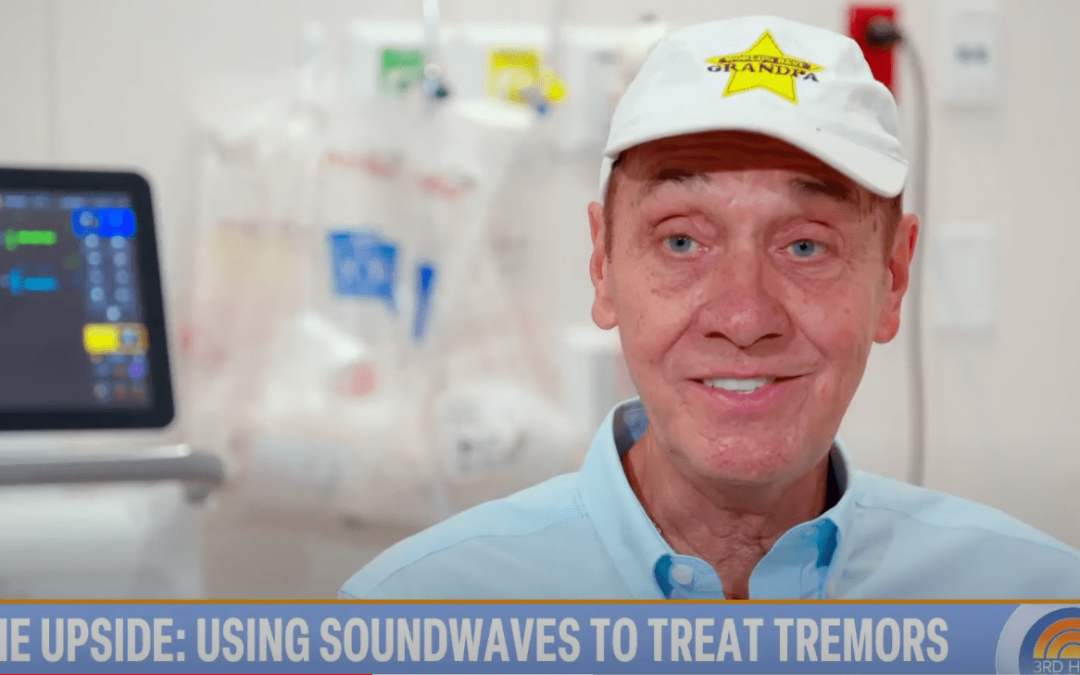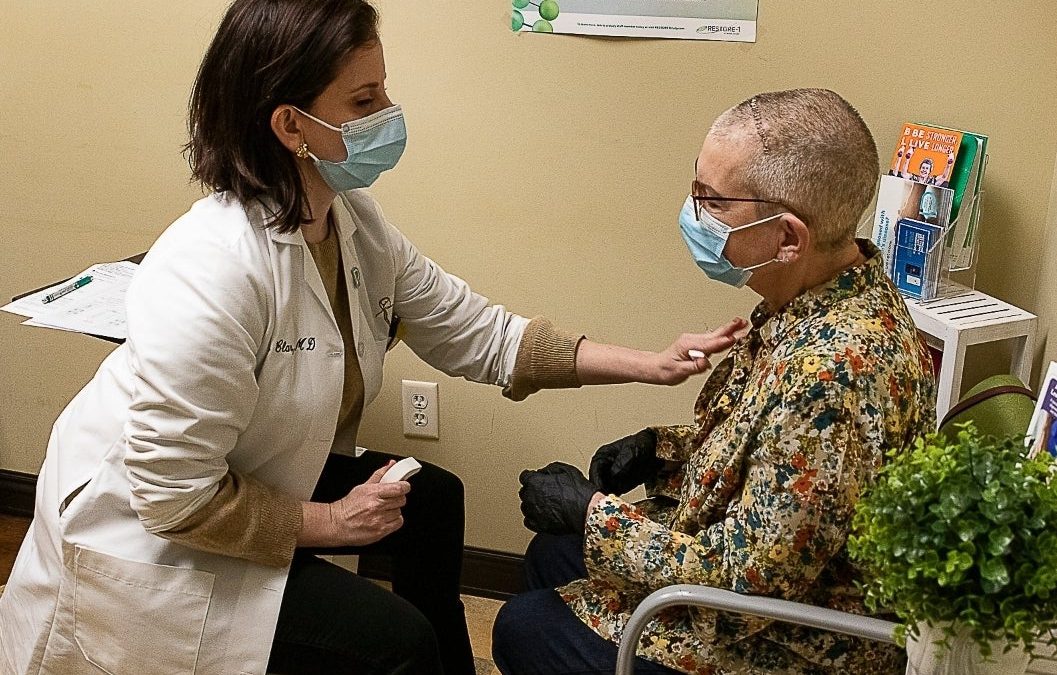This adjunct to the surgical resection of brain tumors aids in distinguishing the infiltrative edge of tumors from normal brain tissue thereby increasing the possibility of a more complete resection (figure 1). Pre-operative administration of fluorescing medications accumulates in tumor tissue preferentially and is detectable with light filtered to specified wavelengths. Although these technologies are in evolution and available only in select brain tumor centers, there is compelling supporting its use.

Axial (A) and coronal (B) T1 weighted MR fMRI localizing hand function with relation more laterally placed hypo-intense neoplastic process (white arrows) with more medially situated descending motor fibers of cortico-spinal tract as indicated by MR tractography
Figure 1
Intraoperative images taken at surgery with normal light (top left) showing no evident tumor . Intraoperative image of the same field with Yellow 560 filter (bottom left) showing area of fluorescence (F) and non fluorescent area (NF). Right upper H&E stain showing normal brain obtained from NF area whereas fluorescing (F) area diagnostic for high grade glioma.








